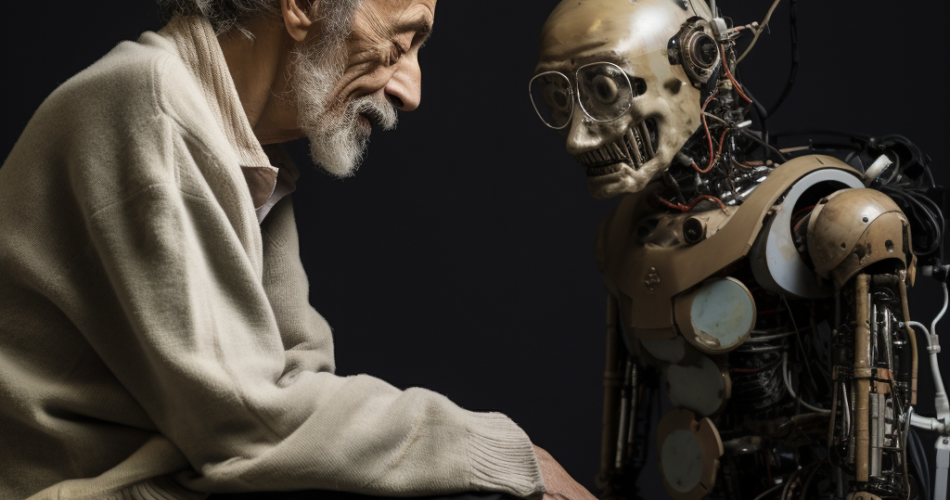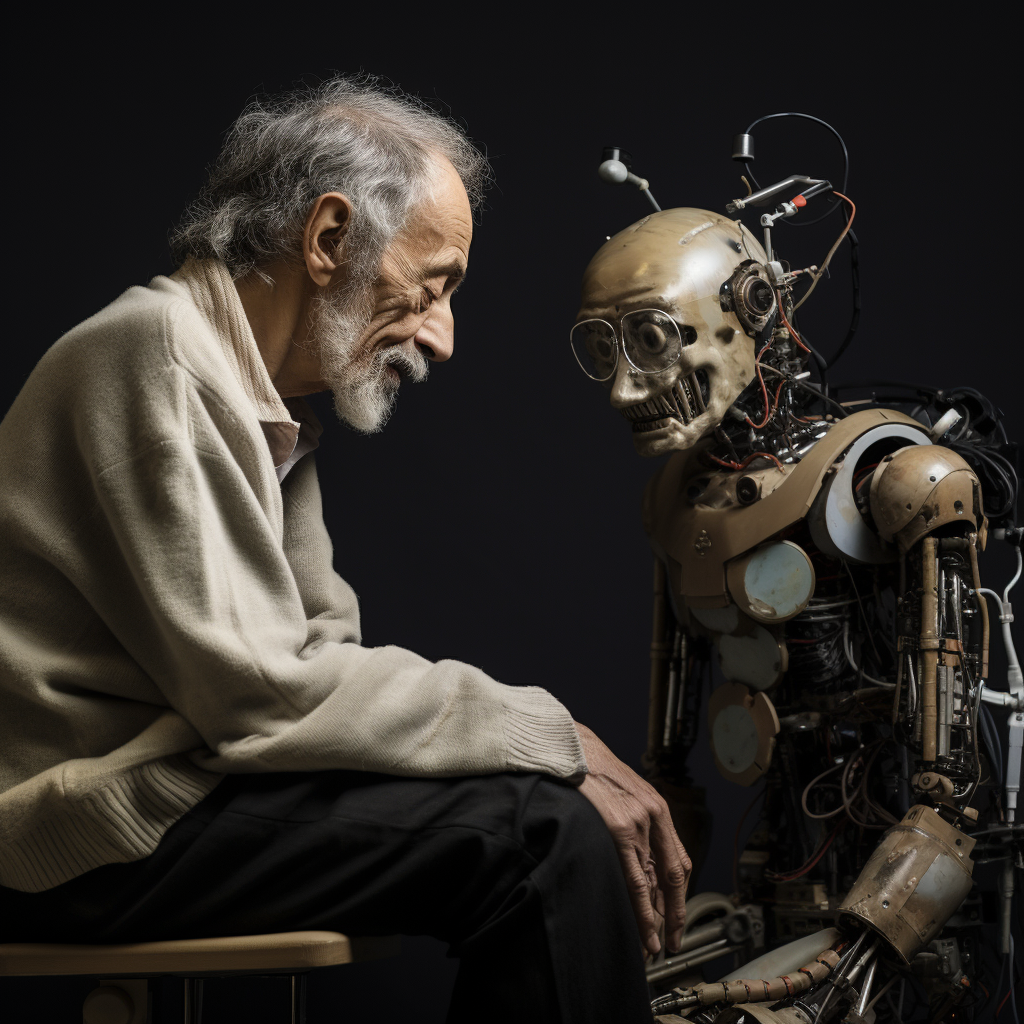In an age where technology continually reshapes the fabric of daily life, one of the most heartwarming advancements has been the development of advanced robotic companions for the senior.
These sophisticated machines, often resembling pets or humanoid assistants, are more than just gadgets; they represent a leap forward in using technology to enhance the quality of life for senior citizens.
Access the post settings menu in the top right hand corner of the editor.
The core idea behind these robotic companions is to address some of the common challenges faced by the seniors, such as loneliness, the need for assistance with daily tasks, and the desire for interactive engagement. As the population ages, the demand for such innovative solutions is growing, making robotic companions a crucial development in senior care.
One of the most significant benefits of these robotic companions is their ability to provide social interaction and combat loneliness. Many senior individuals live alone or are isolated due to various circumstances. Robotic companions, equipped with artificial intelligence, can interact through conversation, respond to voice commands, and in some cases, even display expressions or emotions. These interactions can bring a sense of comfort and companionship, reducing feelings of solitude and enhancing the mental well-being of their users.
Advanced robotic companions are also equipped with various functionalities to assist with daily living. Some can remind seniors to take medications, track their health parameters, or alert emergency services in case of an accident. Others can help with tasks such as turning lights on/off, making phone calls, or reading text aloud, thereby aiding those with mobility or vision limitations.
The technology behind these robots is constantly evolving. Many are now equipped with machine learning capabilities, allowing them to adapt and personalize their interactions based on the preferences and behaviors of their users. This personalization means that the more the individual interacts with the robot, the more attuned it becomes to their needs and habits, creating a more meaningful companionship.
Robotic pets are a specific category within this field that has gained popularity. These robots mimic the behavior and appearance of pets, such as dogs or cats, and have been shown to have therapeutic effects, especially for those with dementia. They can provide the joy and comfort of pet companionship without the need for feeding, walking, or other care responsibilities.
Safety and ethical considerations are paramount in the development of robotic companions. Manufacturers ensure that these robots are safe to interact with, having safeguards to prevent accidents or injuries. Ethical considerations, especially regarding privacy and autonomy, are also crucial and are carefully integrated into the design and functionality of these robots.

Conclusion
In conclusion, advanced robotic companions represent a harmonious fusion of technology and human care. They offer senior individuals not just assistance with daily tasks and health monitoring, but also a source of companionship and joy. As technology advances, these robots will undoubtedly become more integrated into the lives of seniors, offering innovative solutions to enhance their quality of life and independence.




Comments